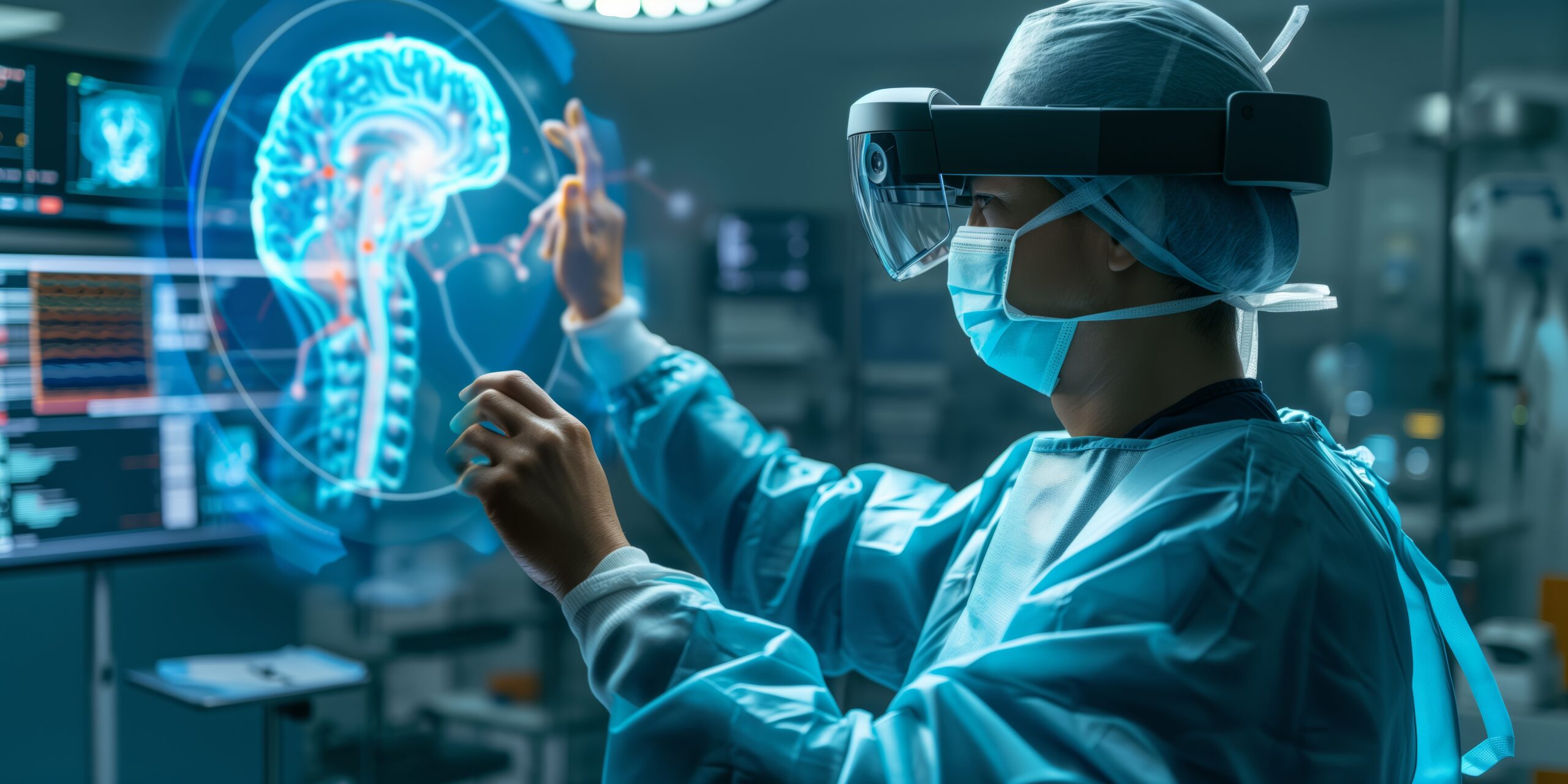In today’s rapidly evolving healthcare landscape, the integration of cutting-edge technology like virtual reality (VR) is revolutionizing the way medical professionals are trained. This blog explores the transformative impact of VR on medical training, shedding light on its benefits, applications, and future implications.
Key Takeaways
- Virtual reality is revolutionizing medical training by offering realistic simulations, safe learning environments, and enhanced accessibility.
- Healthcare VR training accelerates learning, improves clinical skills, and fosters collaboration among healthcare professionals.
- The future of medical training is increasingly intertwined with virtual reality, promising transformative advancements in healthcare education and patient care.
Virtual reality (VR) is a groundbreaking technology that creates immersive, three-dimensional environments, allowing users to interact with lifelike simulations. In the field of healthcare, VR is increasingly being used to enhance medical training, offering a realistic and hands-on learning experience for healthcare professionals.
Related Article: How a Globaly’s Global Accessibility Revolutionizes Coaching Programs
What is Virtual Reality Medical Training?
Virtual reality medical training involves using VR simulations to replicate medical scenarios, procedures, and environments. These simulations can range from basic anatomy lessons to complex surgical procedures, providing learners with a safe and controlled work space to practice and refine their skills.
Does Healthcare VR Training Help Clinicians Learn Faster?
Studies have shown that VR-based medical training can significantly improve learning outcomes and retention rates among healthcare professionals. By simulating real-world scenarios, VR training allows clinicians to develop critical skills, decision-making abilities, and procedural knowledge in a risk-free environment.
Changing the Face of Content Delivery with Virtual Reality
One of the key advantages of VR in medical training is its ability to transform content delivery. Traditional training methods often rely on textbooks, lectures, and limited hands-on experiences. In contrast, VR offers interactive and engaging learning experiences that cater to different learning styles, making complex medical concepts more accessible and understandable.
Advantages of VR Medical Training
- Realistic Simulations: VR enables learners to practice in realistic medical scenarios, enhancing their clinical skills and confidence.
- Safe Learning Environment: VR simulations provide a safe space for learners to make mistakes, learn from them, and improve without risking patient safety.
- Accessibility: VR training can be accessed remotely, allowing healthcare professionals to learn anytime, anywhere, and reducing the need for physical training facilities.
- Cost-Effective: While initial investment in VR technology may be significant, the long-term cost savings in terms of reduced training expenses and improved patient outcomes are substantial.
- Enhanced Collaboration: VR facilitates collaborative learning experiences, allowing healthcare teams to train together, share insights, and improve interdisciplinary communication.
Virtual reality is not just a tool for entertainment but a game-changer in healthcare education. As technology continues to evolve, so does the potential for VR to shape the future of medical training, ultimately benefiting patients and healthcare providers alike.






